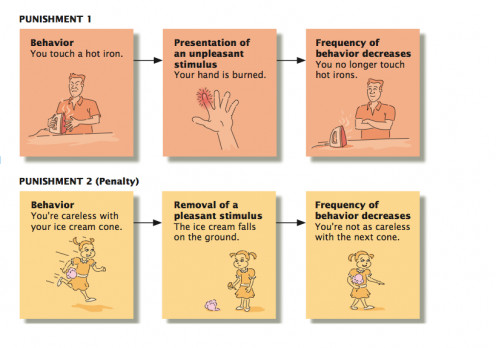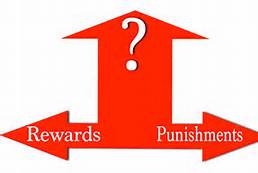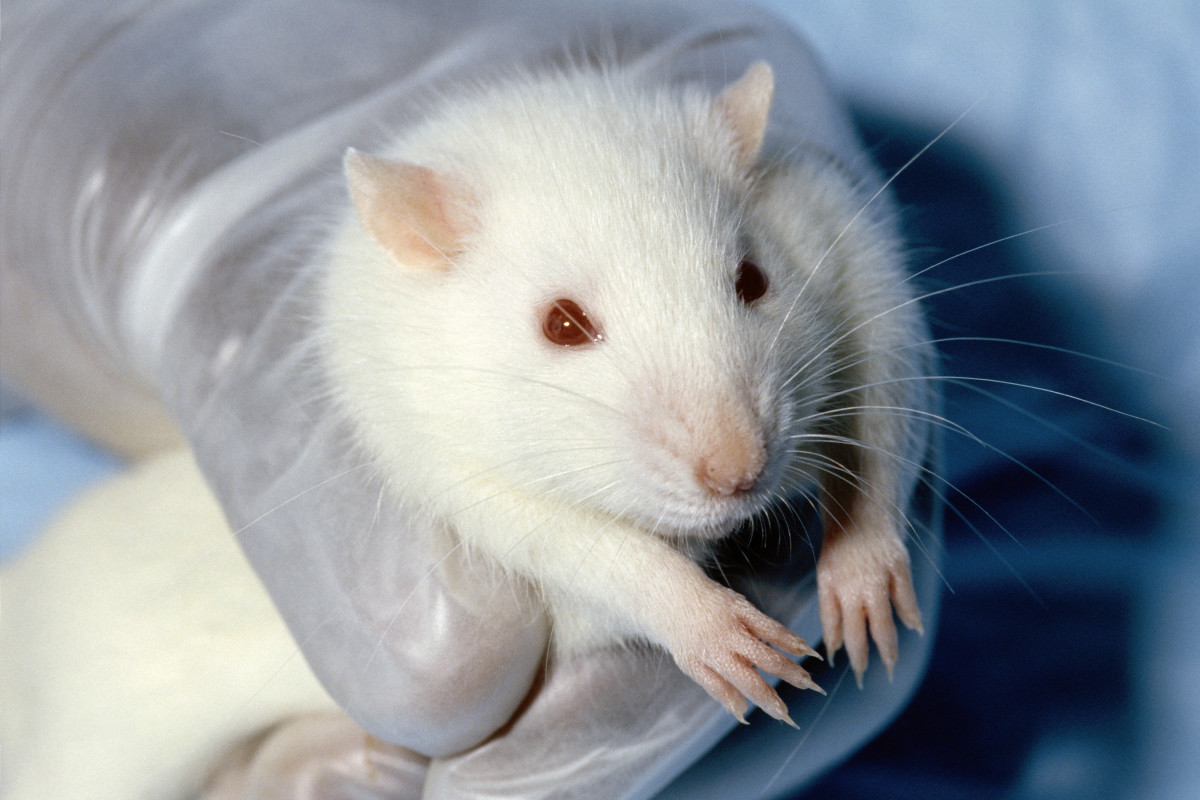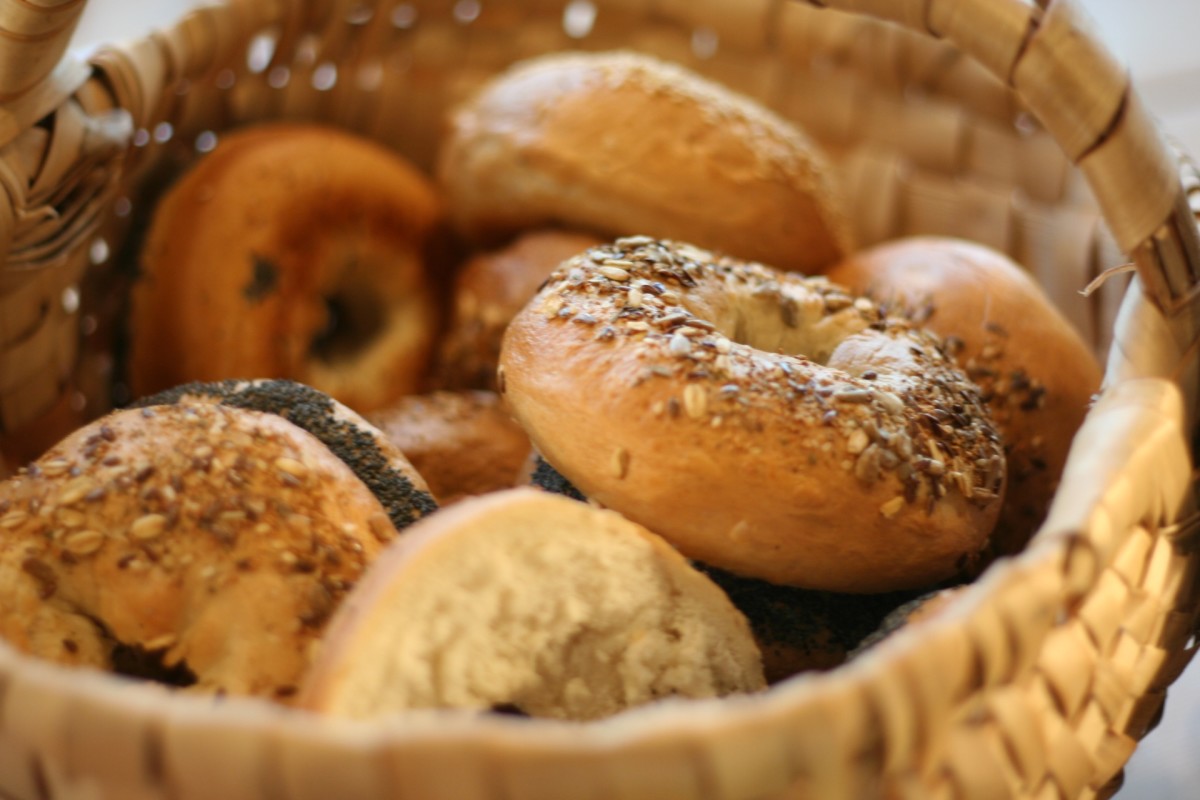Understanding the Concept of Instrumental Conditioning

Instrumental Conditioning
Instrumental conditioning is a learning method that uses rewards and punishments to help form a connection between a behavior and the consequences of that behavior. In many ways it is similar to classical conditioning but there are some major differences. The main difference is with instrumental conditioning the outcome is dependent on the actions of the person undergoing training, while in classical conditioning it is not (Maia, 2009). Instrumental conditioning can be used to train people to do something, or act, in a specific way. In this paper instrumental conditioning techniques will be used to illustrate how to toast a bagel. The focus will be on reinforcement, both positive and negative as well as rewards and punishments to determine which of these would be the most effective form of instrumental conditioning to use to train someone on this task (Raygor, 2005).

Selected Learning Situation: How to Toast a Bagel
Needed equipment is an oven, cutting board, bread knife, butter knife, plate, baking sheet, and an oven mitt. Needed ingredients are a bagel and butter. Lower the oven rack to the middle and preheat to broil. Select the bagel. Lay the bagel flat on the cutting board. Pick up the bread knife and hold it in your right hand, place your left hand flat on top of bagel and press lightly. Slice horizontally halfway between the top and bottom of the bagel making two equally thick pieces, being very careful not to cut your hand. Put down the bread knife and pick up the butter knife. Slice a pat of butter approximately one eighth of an inch thick and spread it on the cut side of one half of the bagel and place it on the cooking sheet. Repeat this step with the other half of the bagel and place it next to the first half on the same baking sheet. Put down the butter knife, put the oven mitt on your right hand, and open the oven door. Pick up the baking sheet with your right hand and place it carefully on the rack in the middle of the oven. Close the oven door, but do not leave the area. After two minutes open the oven door to check and see if the bagel is toasted to a golden color. If it is not done yet shut the oven door and wait another minute or two until the color reaches a golden brown. When it is the right color, put the oven mitt on your right hand, open the oven door, and remove the baking sheet from the oven. Set the baking sheet securely on the stove top. Take off the oven mitt and turn off the oven. Carefully pick up your bagel and place it on your plate.


Reinforcement Techniques for Learning to Toast a Bagel
A reinforcer is a stimulus that increases the occurrence of the behavior it follows. A positive reinforcement causes the occurrence of a response to increase by giving a reinforcing stimulus after the desired response has taken place, while a negative reinforcement causes the occurrence of a response to increase by taking away an aversive stimulus after the desired response. Both increase the frequency of the response. There are a few variables that can affect how well the behavior is learned as and how quickly the knowledge is acquired. These are the amount of reinforcement, how quickly it is administered, and the consistency of use (Terry, 2009).
When teaching someone how to toast a bagel, there are a number of different steps that need to be followed. If praise was given after the complete task was performed correctly, that would be positive reinforcement. If lavish praise was given immediately following every correct step completed, the praise should cause the behavior to continue at a high level and learning should happen quickly. Another example could be as simple as following the directions correctly results in a perfectly toasted bagel that can be eaten, which would be the reinforcer as well as a reward. On the other hand, if the steps were ignored or not completed correctly the result could be a burned bagel. Eliminating the behavior that caused this outcome, not following the directions, would result in a properly toasted bagel. Continuing in this way should increase the behavior that consistently leads to a better product (Terry, 2009). Most reinforcement learning uses actions defined as elemental, but in real life actions can be broken down into many individual steps. For example, as illustrated above, toasting a bagel requires more than just putting a bagel in a toaster or oven.

Reward and Punishment Techniques for Learning to Toast a Bagel
A reward is anything given that increases the occurrence of the behavior it followed. Punishment on the other hand, is anything that reduces the occurrence of the behavior it follows. This includes nonreward, negative reinforcement, or avoidance as well as a physical punishment like a spanking. A positive punishment reduces the occurrence of a response by giving an aversive stimulus after the response has occurred, and a negative punishment reduces the occurrence of a response by taking away a reinforcing stimulus after the desired response has occurred.
When learning to toast a bagel, say that the positive punishment is that the person being trained must eat the result of the training. Remember, a positive punishment reduces the occurrence of a response by giving an aversive stimulus after the response has occurred. Eating a burned bagel, because you did not learn how to toast one properly should lead to improved learning which should lead to an improved outcome. Using the same example, but applying a negative punishment if the bagel was cooked to an acceptable level but all of the steps were not followed correctly, you could take away the bagel at the end and not let them eat it- requiring that they start all over again and follow the steps correctly (Terry, 2009).
Complications could occur when something meant to be a reward does not increase the frequency of a behavior or a punishment does not reduce the frequency of the behavior, but rather increases it. The person, who designates something as a reward or punishment, may designate something in a way that the person it is applied to does not agree with. For it to be an effective tool in the learning process, the punishment or reward must be recognized as such by the intended person (Terry, 2009).
Which do you think is the most effective training technique?
Most Effective Instrumental Conditioning Techniques for Learning to Toast a Bagel
Although there are other techniques besides reinforcement and punishment for the purpose of this paper only these options were considered to determine which would be more effective to use as a training technique to teach someone how to toast a bagel. The problem with punishment is that the result could be the development of unwanted side effects like fear, aggression, and even avoidance of situations that the person associates with the punishment. On the other hand, the use of rewards to control someone’s behavior has moral implications, and some behaviors should not require any kind of incentive. In this instance the ability to correctly toast a bagel is not a required behavior or a moral issue. I think reinforcement is the better of these options to get the desired result (Terry, 2012).
Conclusion
Instrumental conditioning uses rewards and punishments to help form a connection between a behavior and the consequences of that behavior to improve learning. Instrumental conditioning can be used to train people to do something, like toast a bagel, or act in a specific way, like being polite. Reinforcement increases the behavior it follows, while a punishment decreases that behavior. There are both positive and negative reinforcements and punishments, which basically means that something is added or taken away following the desired response (Raygor, 2005). A large reinforcement, immediately and consistently given, will lead to better performance as well as quicker learning. Actions can be broken down into many individual steps. For example, toasting a bagel requires more than just putting a bagel in a toaster or oven (Maia, 2009). I believe that using positive reinforcement techniques to teach someone how to toast a bagel correctly is the most effective way, as well the quickest and would lead to the highest level of performance of the task without risk of negative side effects.
References
Maia, T. V. (2009). Reinforcement learning, conditioning, and the brain: Successes and
challenges. Cognitive, Affective and Behavioral Neuroscience (Pre-2011), 9(4), 343-64. Retrieved from http://search.proquest.com/docview/204443546?accountid=35812
Raygor, R. (2005). The science of psychology. New York, New York: McGraw-Hill. Retrieved
from http://scienceofpsychology.com/prospectus/chapter-07.pdf
Terry, W.S. (2009). Learning and memory: Basic principles, processes, and procedures (4th ed.).
Boston: Pearson/Allyn & Bacon.








